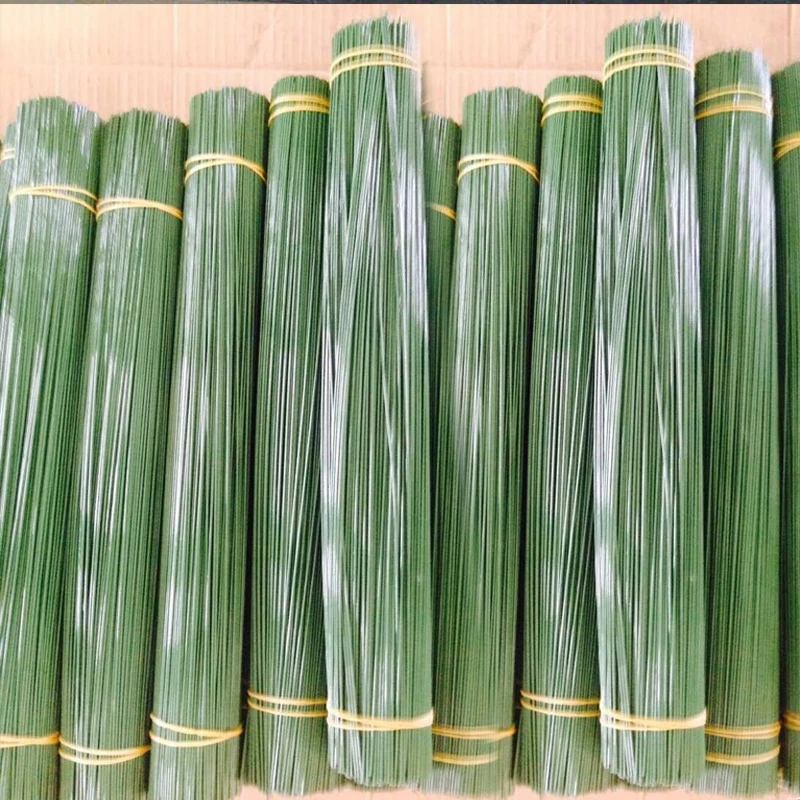Building a Rabbit Cage with PVC Pipe A Comprehensive Guide
Raising rabbits can be a rewarding and enjoyable hobby. Whether you are doing it for meat, fur, or as beloved pets, providing a safe and comfortable living environment is essential. One popular solution is building a rabbit cage using PVC pipes. This material is durable, lightweight, and easy to work with, making it an ideal choice for DIY rabbit enclosures. In this article, we will walk you through the process of creating a rabbit cage using PVC pipe, ensuring that your furry friends have a cozy home.
Materials Needed
Before we get started, let’s gather the necessary materials
- PVC Pipes Choose a diameter of 1 inch or 1.5 inches for durability. - PVC Connectors Elbows, T-joints, and cross connectors, depending on your design. - Wire Mesh A strong mesh to keep your rabbits secure while allowing for ventilation. - PVC Cutter For cutting the pipes to the desired lengths. - Measuring Tape To ensure accurate measurements. - Zip Ties or Screws To secure the wire mesh to the PVC frame. - Plastic Sheeting (Optional) To cover the floor for easier cleaning.
Planning Your Design
Before cutting any pipes, sketch out your design. Consider the size and number of rabbits you plan to house. Generally, a space of at least 6 square feet for each rabbit is recommended, so keep this in mind as you design your cage.
A good design includes separate spaces for hiding, eating, and running. Ensure there’s adequate height; rabbits love to hop and stand on their hind legs. A basic rectangular shape with a height of 3 to 4 feet can work well, including a detachable top for easy access.
Constructing the Frame
1. Cut the PVC Pipes Measure and cut the pipes according to your design. You will need vertical supports, horizontal beams, and additional pieces for stability. 2. Assemble the Base Start with the base of the cage by connecting the horizontal pipes using T-joints at the corners. Make sure the connections are tight and secure.
3. Build the Walls Attach the vertical PVC pipes to the corners of the base. Then connect the top horizontal beams, creating the framework for the cage.
4. Add Stability If your design is large, consider adding diagonal braces to the sides. This will help maintain the structure’s integrity and prevent wobbling.
rabbit cage pvc pipe

Adding the Wire Mesh
Once the frame is complete, it’s time to add the wire mesh. This is crucial for keeping your rabbits safe and contained.
1. Cut the Wire Mesh Using wire cutters, cut the mesh to fit over each side of the frame.
2. Attach the Mesh Using zip ties or screws, secure the wire mesh to each side of the PVC frame. Ensure there are no gaps or sharp edges that could injure your rabbits.
3. Create Access Points Consider adding a door that allows easy access to the inside of the cage for feeding, cleaning, and handling your rabbits. You can use a small piece of PVC and mesh to create a door with a latch.
Finishing Touches
1. Clean and Prepare the Cage Before introducing your rabbits, clean the cage and ensure that everything is secure.
2. Add Bedding and Accessories Line the bottom of the cage with hay or wood shavings for bedding. Consider adding a water bottle, feeding dishes, and toys to keep your rabbits stimulated.
3. Placement Place the cage in a shaded area away from direct sunlight and strong winds to ensure your rabbits are comfortable.
Conclusion
Building a rabbit cage with PVC pipe is not only cost-effective but also allows for customization to meet your specific needs. With the right design and careful construction, you can provide your rabbits with a safe and comfortable home where they can thrive. Happy building!

















